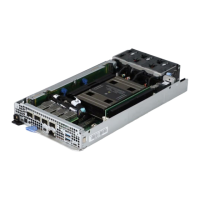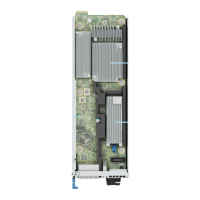Table 58. TPM Advanced Settings (continued)
Option Description
TPM2 Algorithm
Selection
Allows the user to change the cryptographic algorithms used in the Trusted Platform Module (TPM).
The available options are dependent on the TPM firmware. To enable TPM2 Algorithm Selection,
Intel(R) TXT technology must be disabled.
Table 59. System Security details
Option Description
Intel(R) TXT Enables you to set the Intel Trusted Execution Technology (TXT) option. To enable
the Intel TXT option, virtualization technology and TPM Security must be enabled with
Pre-boot measurements. This option is set to Off by default. It is set On for Secure
Launch (Firmware Protection) support on Windows 2022.
Memory Encryption Enables or disables the Intel Total Memory Encryption (TME) and Multi-Tenant (Intel
®
TME-MT). When option is set to Disabled, BIOS disables both TME and MK-TME
technology. When option is set to Single Key BIOS enables the TME technology. When
option is set to Multiple Keys, BIOS enables the TME-MT technology. This option is set
to
Disabled by default.
Global Memory Integrity Allows enabling or disabling of the Intel Global Memory Integrity. The Global Memory
Integrity can be enabled only if Processor Settings -> CPU Physical Address Limit is
Disabled. This option is set to Disabled by default.
TME Encryption Bypass Allows the option to bypass the Intel Total Memory Encryption. This option is set to
Disabled by default.
Intel(R) SGX Enables you to set the Intel Software Guard Extension (SGX) option. To enable the Intel
SGX option, processor must be SGX capable, memory population must be compatible
(minimum x8 identical DIMM1 to DIMM8 per CPU socket, not support on persistent
memory configuration), memory operating mode must be set at optimizer mode, memory
encryption must be enabled and node interleaving must be disabled. This option is set to
Off by default. When this option is to Off, BIOS disables the SGX technology. When this
option is to
On, BIOS enables the SGX technology.
Power Button Enables or disables the power button on the front of the system. This option is set to
Enabled by default.
AC Power Recovery Sets how the system behaves after AC power is restored to the system. This option is
set to Last by default.
NOTE: The host system will not power on up until iDRAC Root of Trust (RoT) is
completed, host power on will be delayed by minimum 90 seconds after the AC
applied.
AC Power Recovery Delay Sets the time delay for the system to power up after AC power is restored to
the system. This option is set to Immediate by default. When this option is set to
Immediate, there is no delay for power up. When this option is set to Random, the
system creates a random delay for power up. When this option is set to User Defined,
the system delay time is manually to power up.
User Defined Delay (120 s to 600
s)
Sets the User Defined Delay option when the User Defined option for AC Power
Recovery Delay is selected. The actual AC recovery time needs to add iDRAC root of
trust time (around 50 seconds).
UEFI Variable Access Provides varying degrees of securing UEFI variables. When set to Standard (the
default), UEFI variables are accessible in the operating system per the UEFI
specification. When set to Controlled, selected UEFI variables are protected in the
environment and new UEFI boot entries are forced to be at the end of the current boot
order.
In-Band Manageability Interface When set to Disabled , this setting hides the Management Engine's (ME), HECI devices,
and the system's IPMI devices from the operating system. This prevents the operating
system from changing the ME power capping settings, and blocks access to all in-
band management tools. All management should be managed through out-of-band. This
option is set to
Enabled by default.
56 Pre-operating system management applications

